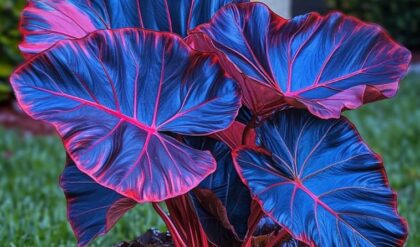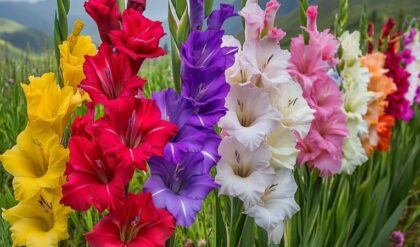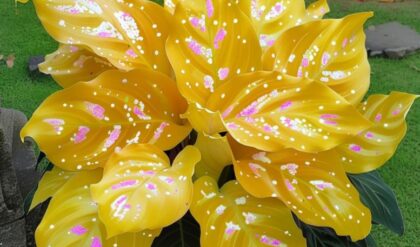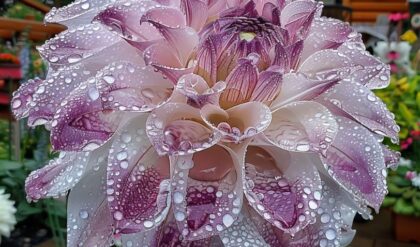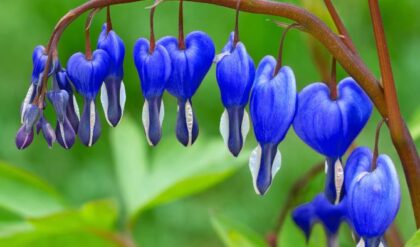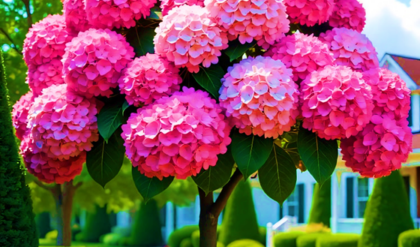The Dragon Tree Flower, scientifically known as Dracaena cinnabari, captivates both botanists and enthusiasts alike with its unique allure and vitality. This extraordinary plant, native to the Socotra archipelago, is characterized by its spiky leaves and striking floral formations, which often ignite a sense of wonder akin to gazing upon a mythical creature emerging from an ancient tale. The Dragon Tree’s sap, red in hue, resembles dragon’s blood—an elixir celebrated in lore for its mystical properties and medicinal uses, transcending mere horticulture into realms of cultural significance. Its adaptability to arid landscapes and resilience against harsh climates afford it a symbolic status: a tenacious spirit thriving in adversity. In essence, cultivating this remarkable plant is not just about nurturing a specimen; it’s about engaging with a narrative woven through history, ecology, and human connection.

The Unique Attributes of the Dragon Tree
Morphology and Habitats
The Dragon Tree showcases a complex structure, where its long, sword-like leaves cascade elegantly from a thick trunk, resembling the silhouette of an otherworldly guardian amidst rocky terrains. This plant flourishes specifically in semi-arid zones, showcasing its evolutionary prowess in adapting to extreme conditions. Understanding its ecological context highlights the importance of biodiversity, as this extraordinary species plays a crucial role in sustaining local ecosystems by providing shelter and food sources for various organisms.
Cultivation Tips: Fostering Your Own Enchantment
Environment and Care Requirements
To successfully grow the enchanting Dragon Tree Flower, one must consider both environmental needs and care methodologies. While the plant thrives under full sun to partial shade, the watering regime requires a careful balance—ensuring you only water when the top inch of soil dries out is essential to prevent rot and support healthy growth. This aspect of cultivation can act as a metaphor for moderation in life; just as over-watering can drown the roots of a Dragon Tree, excessiveness in our own lives can lead to stagnation.
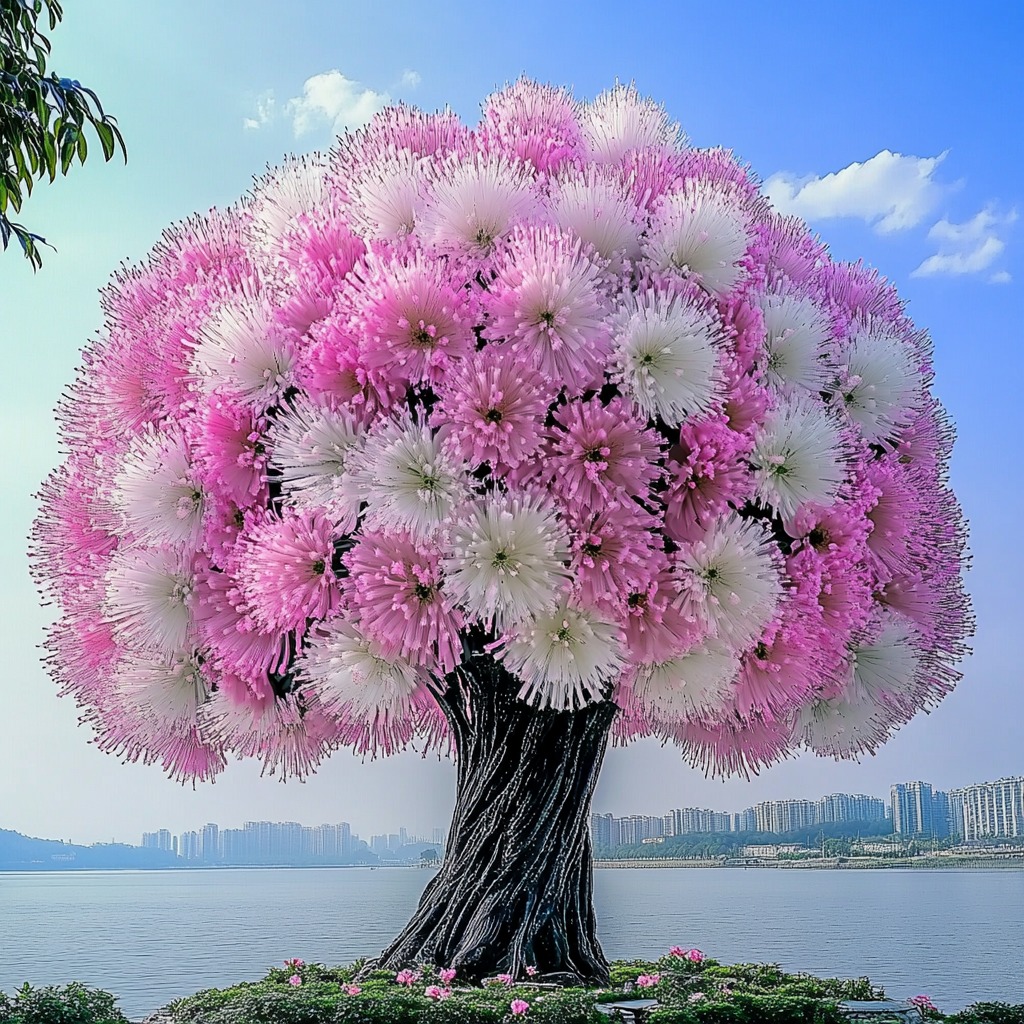
Furthermore, Dracaena cinnabari typically favors well-draining soil enriched with organic material. This underscores the necessity of nourishing one’s foundations—be it in gardening, personal development, or community dynamics—in order to cultivate resilience and growth sustainably.
Cultural Significance and Uses
Beyond the Botanical Realm
Delving deeper into the Dragon Tree’s cultural relevance unveils a tapestry of traditional practices. Historically, the resin derived from the tree has been used in incense, dyes, and even pharmaceutical remedies, celebrating the intersection between nature’s gifts and human creativity. In many cultures, trees such as the Dragon Tree symbolize wisdom and longevity, echoing philosophies that revere natural life cycles and interconnectedness among diverse species.
Implications for Conservation Efforts
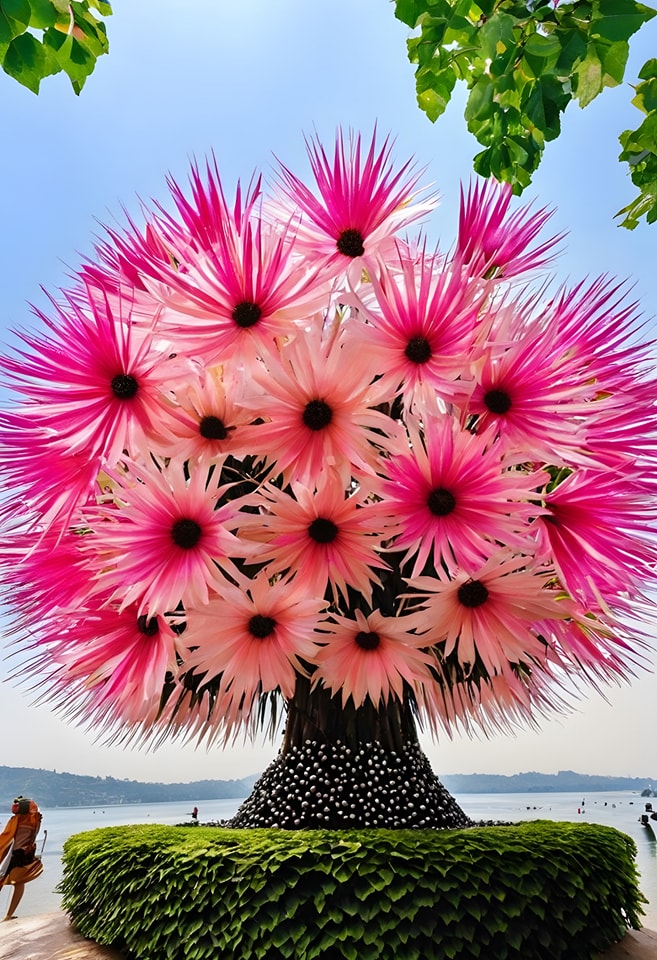
safeguarding a Treasure
As urbanization increasingly encroaches upon natural habitats, the preservation of unique species like the Dragon Tree becomes a pressing concern. By understanding and celebrating the multifaceted benefits brought forth by plants like Dracaena cinnabari, we amplify the urgency for environmental stewardship. Through thoughtful conservation efforts, coupled with educational outreach emphasizing the intrinsic value of botanical diversity, society can foster an awareness that resonates through generations, ensuring that these enchanted beings endure in our collective consciousness.
Embracing the rich narratives surrounding the Dragon Tree Flower not only enhances our gardening endeavors but also enriches our interaction with the world—a gentle reminder of the profound beauty residing within our fragile ecosystems.
